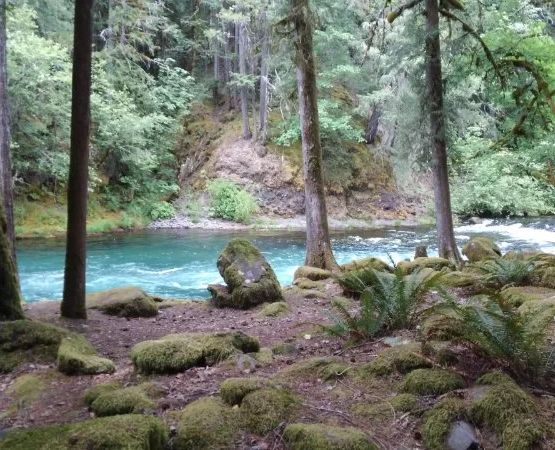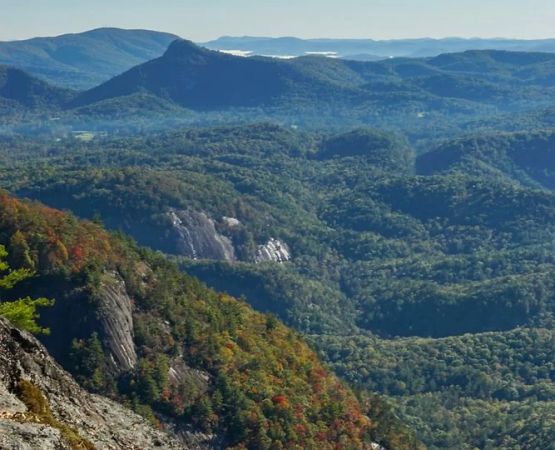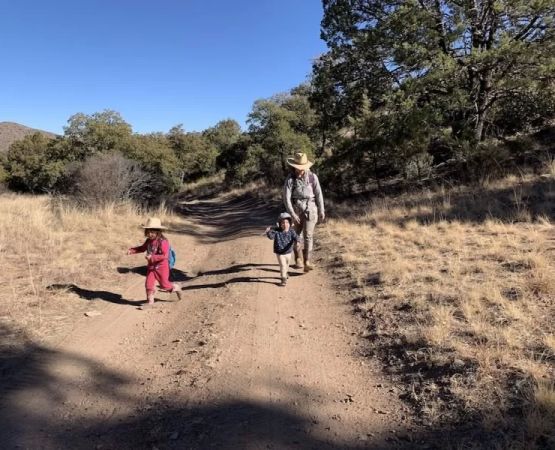- 1 - The Diversity of US Forest Landscapes
- 2 - Identifying Deciduous Trees in American Forests
- 3 - Recognizing Evergreen Species Across Regions
- 4 - Common Flowering Plants and Their Ecosystem Roles
- 5 - Medicinal and Edible Plants Found in US Forests
- 6 - Real-Life Stories of Forest Exploration
- 7 - Exploring Forest Knowledge at Pine Cliff Resort
1 - The Diversity of US Forest Landscapes
Identifying common trees and plants in US forests begins with recognizing the sheer diversity of ecosystems across the country. From the lush rainforests of the Pacific Northwest to the hardwood forests of the Northeast and the pine-filled landscapes of the South, each region offers a unique palette of flora. Understanding the natural setting is the first step toward correctly identifying species, as geography and climate play a defining role in what plants thrive there.
2 - Identifying Deciduous Trees in American Forests
Deciduous trees dominate many forests in the eastern United States. Oaks, maples, and birches are among the most recognizable species. Maples, with their vibrant autumn foliage, are especially iconic in states like Vermont and New Hampshire. Oaks, such as the white oak, provide vital habitats for wildlife while being highly valued for their hardwood. Learning to identify these trees involves paying attention to leaf shape, bark texture, and seasonal changes, which makes each hike through a forest a lesson in natural history.
3 - Recognizing Evergreen Species Across Regions
Evergreens such as pines, spruces, and firs form the backbone of many American forests, especially in colder and higher-altitude regions. The long needles of pine trees, the sharp square needles of spruce, and the softer flat needles of firs are distinguishing features that help hikers and nature enthusiasts identify them quickly. In states like Colorado and Montana, evergreen forests not only provide year-round greenery but also serve as crucial ecosystems for species ranging from elk to mountain birds.
4 - Common Flowering Plants and Their Ecosystem Roles
While trees often draw the most attention, flowering plants are equally essential to forest biodiversity. Wildflowers like trilliums, violets, and goldenrods light up the forest floor during spring and summer. They attract pollinators such as bees, butterflies, and hummingbirds, ensuring the health of the ecosystem. Some plants, like rhododendrons in the Appalachian Mountains, create breathtaking displays that also serve as indicators of soil quality and climate conditions.
5 - Medicinal and Edible Plants Found in US Forests
Identifying common trees and plants in US forests also includes recognizing those with medicinal or edible properties. For centuries, Native American communities have relied on plants like echinacea for boosting immunity and sassafras for natural remedies. Edible plants such as wild blueberries, ramps, and morel mushrooms are beloved by foragers. However, proper knowledge is essential, as some plants can be toxic if misidentified. This makes educational outdoor programs invaluable for safe exploration.
6 - Real-Life Stories of Forest Exploration
A well-documented case that captured attention was when hikers in the Great Smoky Mountains identified a rare blooming of flame azaleas, creating a wave of eco-tourism interest in the area. Stories like this highlight not only the beauty of US forests but also the joy and community that arise when people come together to appreciate nature. Identifying plants and trees becomes more than just a skill—it turns into a way of connecting people with the environment and with one another.
7 - Exploring Forest Knowledge at Pine Cliff Resort
For those who want to deepen their knowledge of identifying common trees and plants in US forests, Pine Cliff Resort offers guided hikes and nature programs designed to bring guests closer to the environment. Whether you’re a beginner trying to recognize your first maple or an enthusiast interested in edible plants, these experiences combine relaxation with education, making every forest walk more meaningful and enriching.






